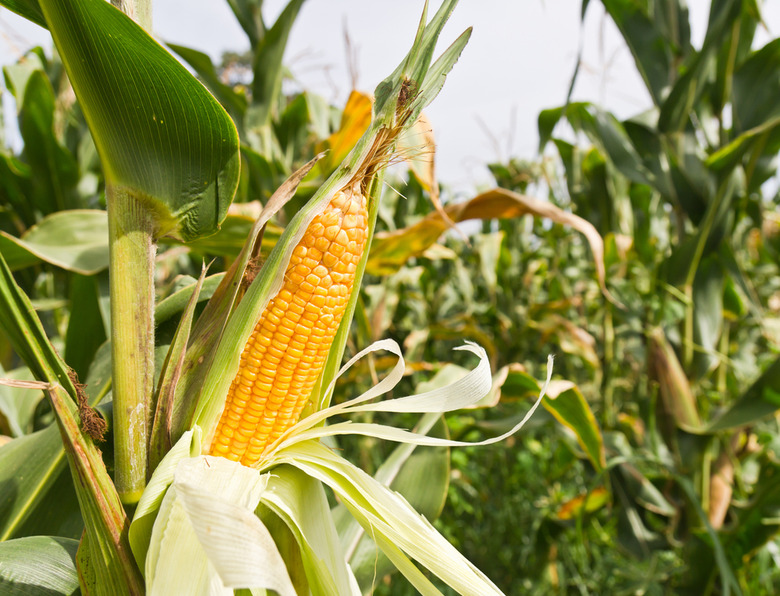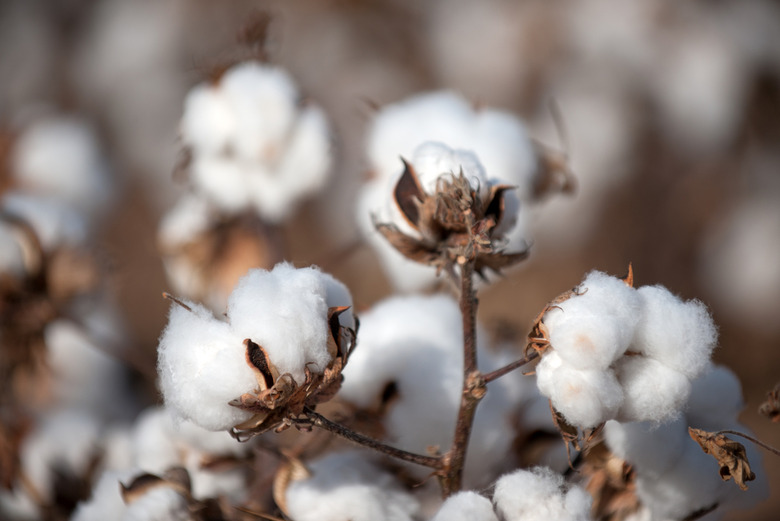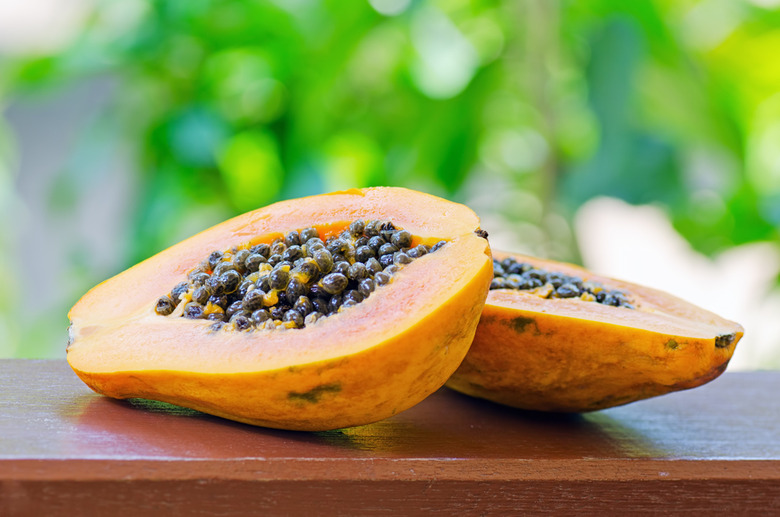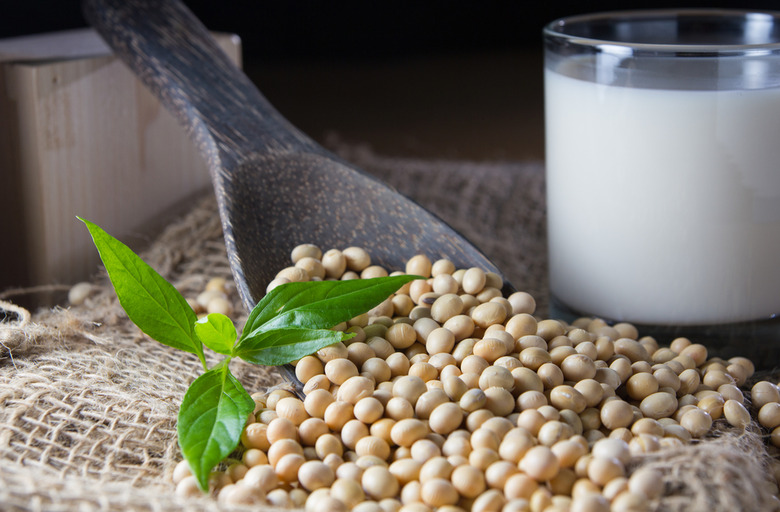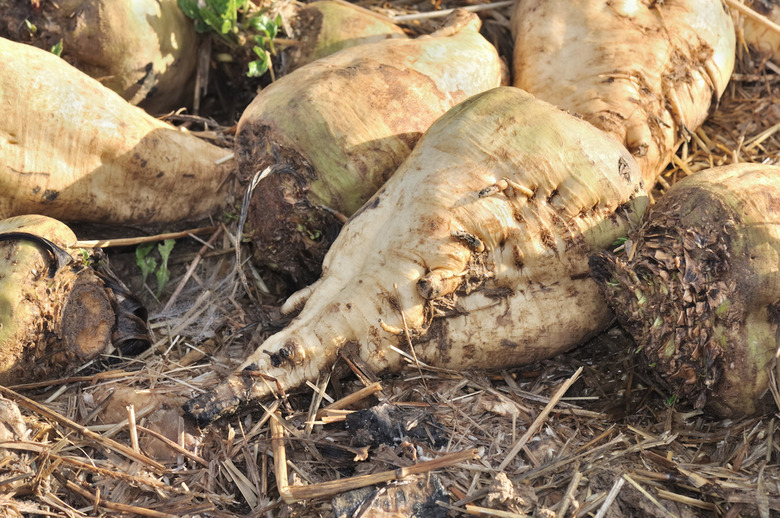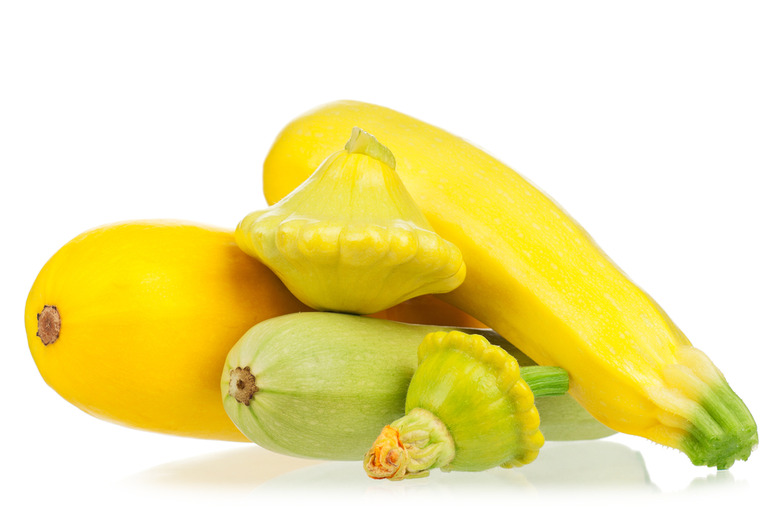8 Most Genetically Modified Crops (Slideshow)
In 2011, the unrestricted commercial cultivation of modified alfalfa was announced by Agriculture Secretary Tom Vilsack. Alfalfa, mainly grown to feed dairy cows and horses, was developed in genetically engineered form by Monsanto and Forage Genetics, an alfalfa seed company owned by Land O'Lakes. The plant was engineered to resist contamination of the herbicide Roundup (produced by, er, Monsanto) and is reportedly the nation's fourth largest crop by acreage. Today only about one percent of alfalfa is organic.
Canola
Roughly 90% of the U.S. canola crops are modified, also to resist the herbicide Roundup. Despite the fact that the canola plant has been modified, the consumer-friendly oil is considered the equivalent of a non-contaminated plant according to the Canola Council of Canada. Technically, the modification of canola only affects one gene and its protein, which is removed during the processing for canola oil.
Corn
"Assume that all corn is modified unless otherwise labeled," says Marion Nestle, author and Paulette Goddard Professor in the Department of Nutrition, Food Studies, and Public Health at New York University. (Recent studies put the proportion in the U.S. at about 92 percent.) Bt-corn (named after the Bacillus thuringiensis bacterium) is sweet corn that has been genetically modified to include an insect-killing gene. Considering that the U.S is the largest corn purveyor in the world, it may be safe to assume that there are few corn crops left unmodified across the globe.
Cotton
Roughly 90 percent of American-grown cotton is genetically modified. We know what you are thinking. How in the world do cotton crops affect my food supply? Well, this very common crop is also used to create cottonseed oil which is typically found in foods like margarine and for animal feed.
Papaya
To be specific, it is Hawaiian papaya seed that is genetically modified, almost all of it. The first crop of GMO Hawaiian papaya was commercially released in 1998. Biotechnology aims to help protect against papaya ringspot virus (PRV).
Soy
Used to feed many farmed animal stocks and in food additives, GMO soybeans were first planted in 1996 and were being massively produced by 2007. Almost 95 percent of the soybeans grown in the U.S. are genetically modified. Besides soy milk and other soy products labeled as such, soybeans are a major source of lecithin (E322), commonly used as an emulsifier in chocolate, ice cream, margarine, and baked goods
Sugar Beets
It was originally feared that sugar beets grown from GM seeds would be a risk to other crops. In 2008, the Animal and Plant Health Inspection Service (APHIS), a division of the USDA, performed a court-ordered environmental review of the modified seed and determined that there was no risk. Today, approximately 95 percent of the sugar beets grown in the U.S. are modified.
Yellow Summer Squash and Zucchini
In 1995, the first variety of genetically engineered yellow squash; resistant to zucchini yellow mosaic virus and watermelon mottle virus 2, was developed by the Asgrow Seed Co. Although it is an approved crop, this modified crop has barely caught on. Nestle believes that only 10% of approved squash is labeled as GMO.


